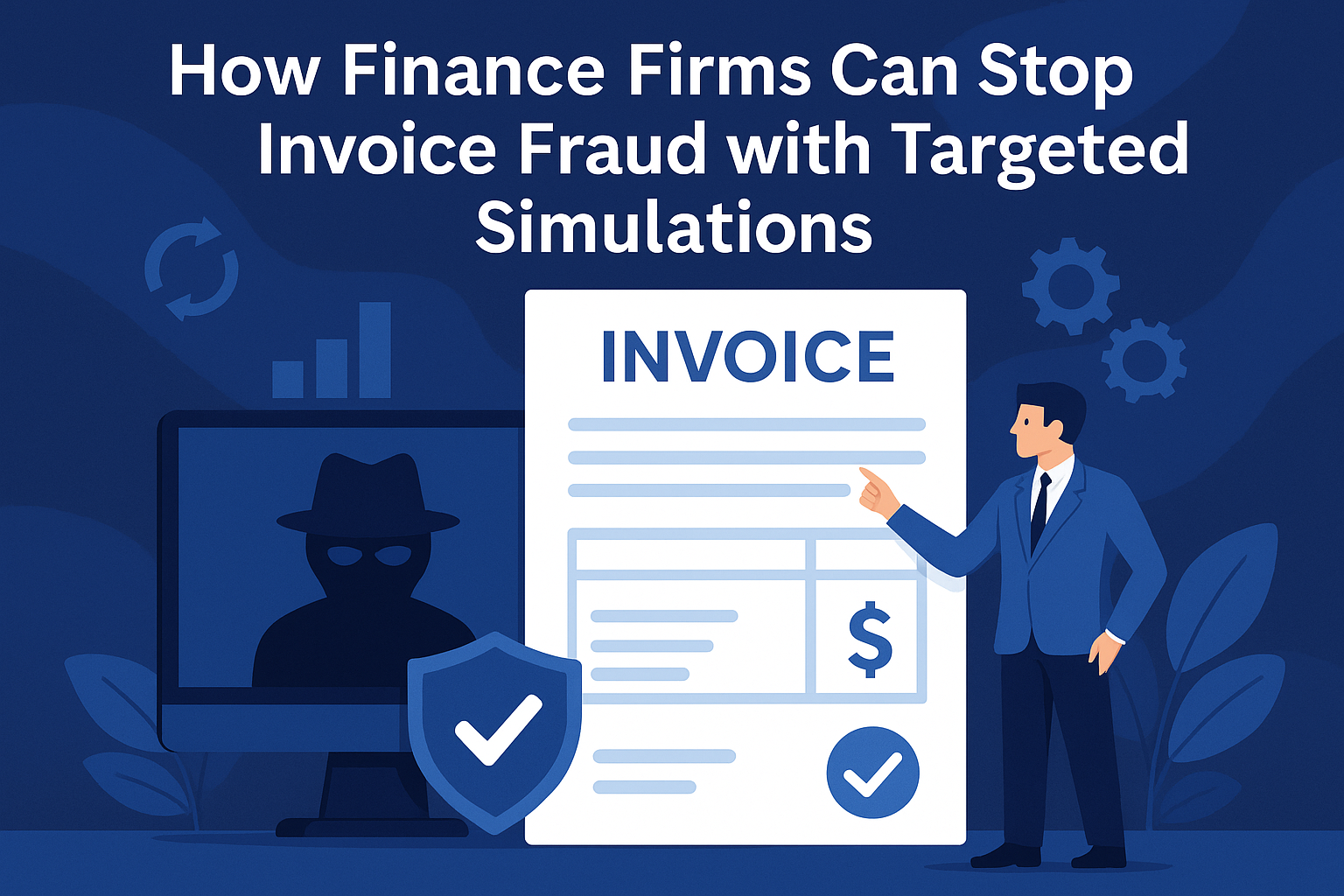Technology
The Role of Predictive Analytics in Climate-Adaptive Retail Strategies

With increasing climate unpredictability, the retail industry finds itself at a critical crossroads. Shifting weather patterns, changing consumer behavior and supply chain vulnerabilities are no longer distant threats—they’re real, current and accelerating. Retailers who once thrived on historical data and seasonal cycles now need faster and more adaptive strategies to stay ahead. This is where predictive analytics steps in as a powerful enabler.
But this isn’t just about forecasting sales or inventory anymore. It’s about adapting to the climate crisis, one data-driven decision at a time.
Climate Disruption Meets Retail Reality
From delayed shipments due to extreme weather events to sudden surges in demand for unexpected products (think snow shovels in October or heatwave-friendly gear in spring), climate anomalies are rewriting the retail playbook.
Consumers are becoming more climate-conscious, opting for sustainable brands and changing their buying habits in response to environmental concerns. Meanwhile, retailers are grappling with:
- Unpredictable foot traffic due to temperature shifts or storms.
- Supply chain delays caused by floods, fires or hurricanes.
- Inventory imbalances from misjudged seasonal demand.
- Energy costs that fluctuate with weather conditions.
To navigate this complex terrain, traditional BI and seasonal trend analysis just won’t cut it. Retailers need to see around the corner—before disruption hits. That’s where predictive analytics proves its value.
What Do You Understand by Predictive Analytics?
At its core, predictive analytics uses historical data, ML models and statistical algorithms to forecast future outcomes. But in the retail context, it becomes a strategic compass.
Imagine being able to predict when a cold snap will increase demand for thermal wear, anticipate supply chain slowdowns due to weather-related port closures, adjust product recommendations based on upcoming environmental conditions and optimize staffing based on weather-influenced foot traffic. These capabilities aren’t futuristic fantasies; they’re already happening in data-forward organizations.
How Climate Meets Commerce
Enterprises are becoming increasingly aware of the impact that climate change has on their operations. Using climate data and insights to inform business strategies and decisions allows them to mitigate potential risks posed by climate change and identify new opportunities for growth and innovation.
Let’s explore how predictive analytics fuels climate-adaptive retail strategies across the value chain.
1. Inventory Optimization in a Volatile Climate
No retailer wants empty shelves—or warehouses full of unsold goods. Predictive models can analyze years of weather data alongside sales trends to forecast demand with climate variability in mind. For instance, in coastal regions, rising temperatures could lead to an earlier demand for summer products, as warmer weather prompts consumers to shop for seasonal items sooner than expected.
Conversely, in northern areas, milder winters caused by rising temperatures might reduce the need for heavy jackets, as consumers shift towards lighter alternatives. By understanding these changing patterns, retailers can make more informed decisions about purchasing and distribution.
2. Dynamic Pricing Based on Weather Trends
An uptick in temperature of just a few degrees can influence beverage and snack sales. Retailers are using real-time weather feeds in conjunction with predictive algorithms to adjust prices dynamically.
If a hot day is forecasted, businesses can raise prices on cold beverages. If rain is expected all weekend, they might offer promotions on indoor entertainment or delivery services. This level of climate-aware pricing is no longer experimental; it’s becoming best practice.
3. Location-Specific Merchandising
Different regions respond differently to climate trends. Predictive analytics helps retailers localize their assortments based on hyperlocal weather patterns.
For example, a national apparel chain can use regional forecasts and historical weather data to determine which stores need more rain gear in spring, where to promote lightweight fabrics during unseasonal heat waves and when to launch outerwear campaigns based on snowstorm predictions.
4. Supply Chain Risk Mitigation
Supply chain disruptions due to natural disasters are one of the biggest financial risks that retailers face. Predictive models can help identify potential bottlenecks before they occur. Retailers can enhance their operations by combining climate models with logistics data, enabling them to respond proactively to potential disruptions.
For example, they can reroute shipments ahead of storms or wildfires, ensuring timely delivery and minimizing risks. In regions at risk, they can prioritize high-demand products (SKUs) to effectively meet customer needs. Additionally, when warning signs indicate heightened risks, retailers can collaborate with alternative suppliers to maintain supply chain continuity.
5. Predictive Analytics for Sustainability
The magic of predictive analytics doesn’t stop at operational efficiency. It also empowers retailers to be more environmentally responsible. Accurately anticipating demand allows retailers to reduce waste from overproduction, avoiding excess inventory that often ends up discarded. Smarter logistics help minimize energy usage, ensuring resources are used more effectively.
Optimized transportation further decreases the carbon footprint by streamlining delivery routes and reducing emissions. Sustainability is no longer just a trendy term; it has become a critical competitive advantage.
Building the Right Data Culture with Predictive Analytics
Of course, data alone doesn’t drive any impact; it’s about what users do with it. To make the most of predictive analytics, retailers need to cultivate a data-centric mindset across the organization.
That means:
- Investing in AI-driven analytics platforms that are scalable and customizable
- Breaking down silos between merchandising, marketing, and supply chain teams
- Training employees to interpret and act on predictive insights
- Continuously refining models with new data, including weather and environmental metrics
It’s a journey, not a one-time integration. But those who invest in the process will emerge stronger, smarter and more future-ready.
Looking Ahead: The Climate-Intelligent Retailer
The retail industry is no stranger to disruption, but climate volatility introduces a new level of complexity and opportunity. In this landscape, success belongs to those who can adapt quickly, predict precisely and act decisively.
Predictive analytics is no longer just a “nice-to-have”. It’s the secret weapon in the fight against climate uncertainty and operational chaos. It gives retailers the foresight they need not just to survive but to thrive—responsibly, sustainably and ahead of the curve.
-

 Tech1 year ago
Tech1 year agoHow to Use a Temporary Number for WhatsApp
-

 Business2 years ago
Business2 years agoSepatuindonesia.com | Best Online Store in Indonesia
-

 Social Media1 year ago
Social Media1 year agoThe Best Methods to Download TikTok Videos Using SnapTik
-

 Technology1 year ago
Technology1 year agoTop High Paying Affiliate Programs
-

 Tech10 months ago
Tech10 months agoUnderstanding thejavasea.me Leaks Aio-TLP: A Comprehensive Guide
-

 FOOD12 months ago
FOOD12 months agoHow to Identify Pure Desi Ghee? Ultimate Guidelines for Purchasing Authentic Ghee Online
-

 Instagram3 years ago
Instagram3 years agoFree Instagram Auto Follower Without Login
-

 Instagram3 years ago
Instagram3 years agoFree Instagram Follower Without Login




















